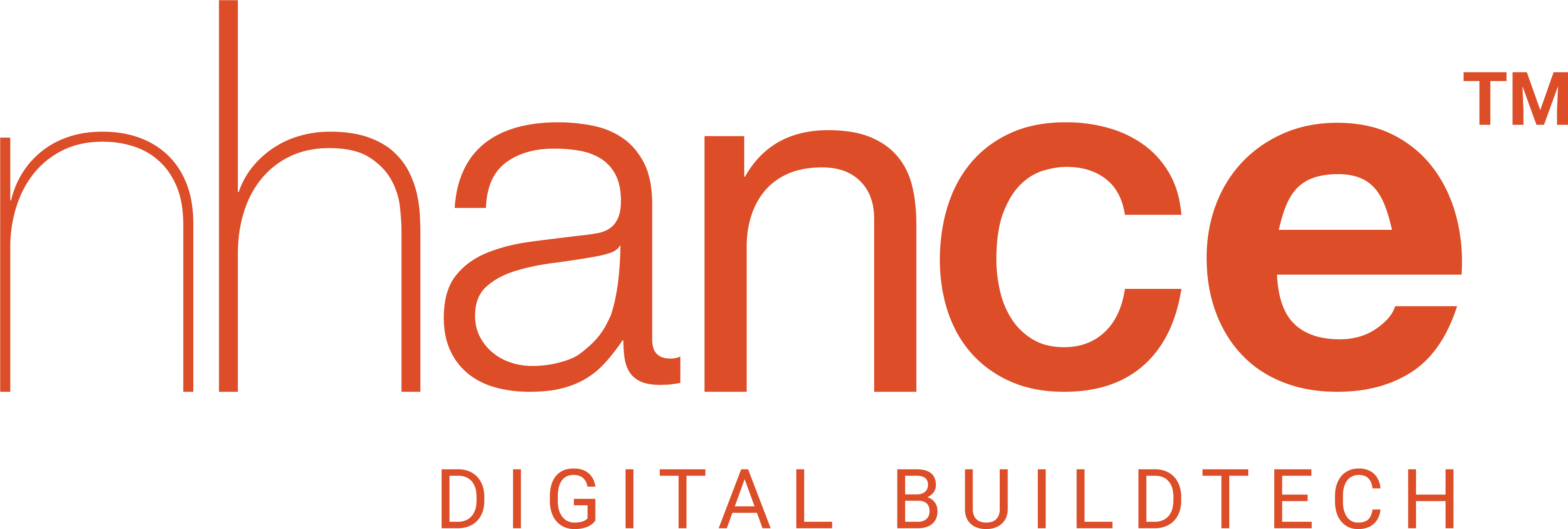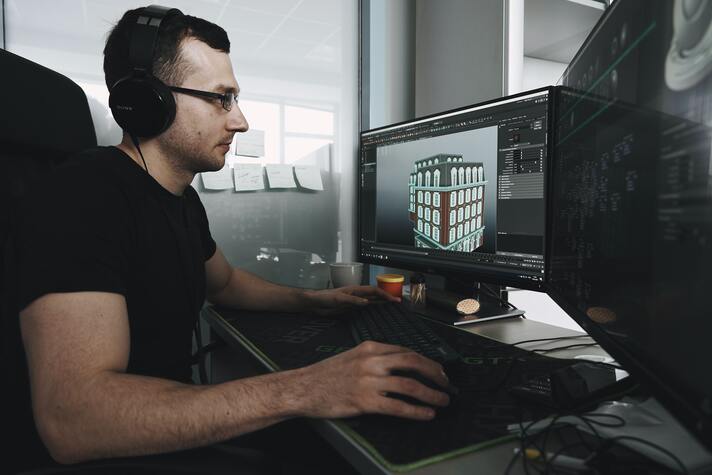Numerous issues have been plaguing the AEC sector including excessive inefficiency, low productivity, legal disputes, etc. These issues eventually lead to budget overruns, scheduling slippages, and subpar product quality which in turn decreases the overall project value. To put this right, the way building projects are managed is being transformed by BIM which allows for time and cost efficiency.
Although technology in the construction business has been slow to catch on, more and more people are starting to understand its possibilities. Since the 1980s, BIM has been in use to revolutionize the AEC sector. But now, 30 years later, integrated BIM has gained prominence as it simplifies and speeds up the planning and construction of infrastructure. It uses 3D, 4D, 5D, and 6D models to facilitate integration, improve visualization, and make it easier for project members to share and reuse data.
Integrated BIM is rapidly expanding and is anticipated to grow at a CAGR of more than 15.2% between 2020 and 2027. This is primarily because of the pandemic-induced digital adoption and increased focus on a healthy and safe built environment. The increase in BIM standards and the implementation of favourable government policies are other important drivers. According to the latest Dodge Data & Analytics research, even late-adopting sectors would be employing BIM on most of their projects by 2024.
Advantages
The advantages of integrating BIM in modern construction and building management projects are essentially endless, numerous, and substantial. In light of this, many nations have made BIM modelling a requirement for all significant building projects. It aids;
Efficient Digital Management: Enhances communication and collaborative efforts, optimizes the cost, and verifies the viability of the construction design prior to the start of work. It integrates visualization, fabrication, review projects, cost estimating, coordinated material ordering, fabrication, and delivery schedules for all building components, facility management, and conflict detection.
Decision Making: It allows businesses to make decisions with the proper up-to-date real-time and synchronized information and monitor inventory from a central location by combining program controls, communication, and information.
Accurate Time and Cost: Manually calculating these parameters has been inefficient. Accurate time and cost estimates from the design to the planning phases are made easier with the use of BIM. By minimizing human error, efficient and timely completion of the project also becomes possible.
Precise Resource Procurement: It aids project managers in obtaining the appropriate quantity of raw resources to last the life of the project.
Improved Communication: Efficient collaboration between various stakeholders is possible in a shared data environment, modifications are made in a common model and shared objectives are achieved in the shortest possible time.
Building Handover and Facility Monitoring: Integrated BIM offer consolidated digital information that may be given to the owner and because the model incorporates essential information, facility management is simplified.
No rework post-construction: BIM integration enables redesigns in the pre-construction period allowing teams to envisage the finished building in a shared data environment through a digital prototype of the building.
Improved Design: Thorough examination, simulations, and efficiency tests allow for improved and novel design solutions.
Increased ROI: Decreased design modification costs, less time to manage information requests, and eventually, an optimal potential for profit after the initial investment is possible through BIM workflow integration.
The new paradigm of BIM in the AEC industry encourages the integration of the duties of all project stakeholders, allowing them to work together more effectively and harmoniously and optimizing the entire building lifecycle, from early preliminary design through to construction and operations when employed to its maximum capacity. Offering better collaboration and information coordination, BIM has already disrupted design and become the norm in the newly built world.
With our deep expertise and extensive experience in advanced VDC technologies, we level up the BIM processes with nhanceTwin to create collaborative data models and explore new avenues for digitization. Using integrated BIM to improve communication and collaboration, we drive the next wave of digital transformation to make the built world ready to face the future with better design, visibility, and preview. If you’re ready to prepare your physical spaces for the future with BIM & beyond, contact us at or visit nhance.ai.








